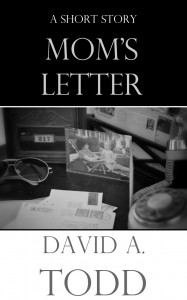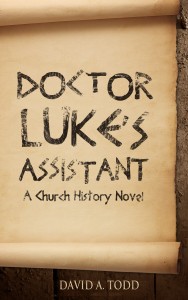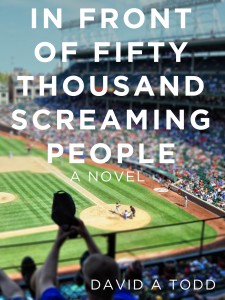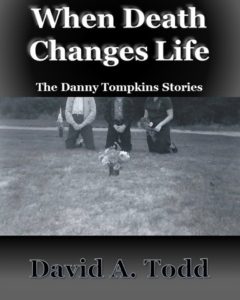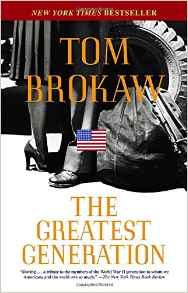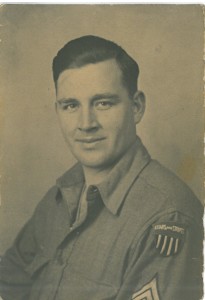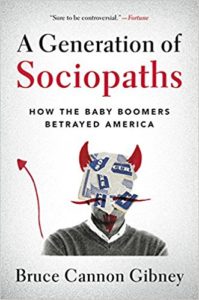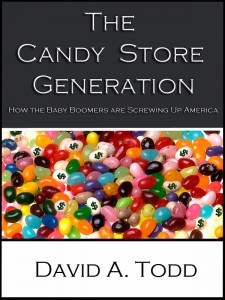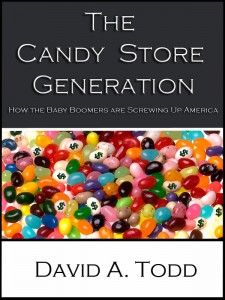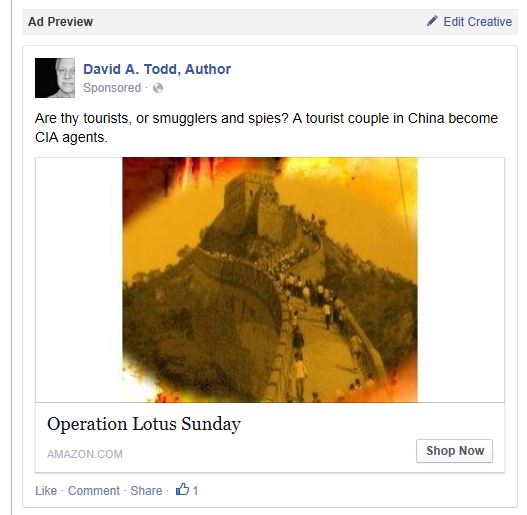In my last post, recapping my 2023 writing work, I said that my next post would be goals for 2024. But before I set those goals, I want to take a moment to think through all the writing projects I have going. Some are actually in progress, some are close to the surface, others were started and buried in the past. Still others are nascent, just starting to come together in my mind. They may never get beyond the idea stage, but they are there. I need to talk through this, think about what I can accomplish given life constraints. Bear with me though this thinking-out-loud post.
So here are the projects worth putting in the mix for actual goals for 2024.
- Finish editing A Walk Through Holy Week, Part 1. I’m almost there right now.
- Write Parts 2, 3, and 8 of A Walk Through Holy Week. Publish Part 2.
- Pull Documenting America: Run-Up To Revolution into book form and publish it as a stand-alone book.
- Reasearch (and possibly write) the next book in the Documenting America series. I have two possibilities for what the next one will be. Both need reading for research.
- The next book in the Church History Novels series. I’ve identified what it will be and have brainstormed the plot. But nothing is yet on paper.
- Transcribe the letters from our years in Saudi Arabia—maybe just half of them this year.
- Next book in The Forest Throne series. I have made a minor start on it and discussed the plot with my granddaughter, who is my consultant on this volume. But this is unlikely to happen in 2024, unless it’s late in the year and after much other work is completed.
- Begin the Alfred Cottage mysteries. I have made a minor start on the first volume and have planned out the series.
- Update The Candy Store Generation for recent data and republish. I think this is about a two-week project.
- Flesh out One Of My Wishes, a hoped-for poetry book. I made a start on this and have it half done. But the hard part remains.
- A genealogy book. I’m torn between two books in the Cheney family. One has much research done and is mainly writing left. The other requires research from scratch.
- One of the two books about Thomas Carlyle I’ve started. One I think I could have done with a month of intense work. The other I started and laid aside so many years ago, I’m not sure where I was on it, though possibly 60 percent done.
- And last, take some time to decide what to do about a tentative project, Nature, The Artwork Of God. I’ve been thinking about this for a few months. It seems like it would be a good book. In some ways it’s a bit scary to think I could write a book that blends science and religion, so I’m going to take a long time to ponder this. I think that at most this year I’ll complete some reading research and flesh out a table of contents.
I’m not saying all of these are things I’ll work on in 2024. I’m just trying to figure out what are real prospects for this year. For sure I’ll be pondering these projects over the next few days, as I have been for nearly two weeks, and will have some firm goals for the year set in my next post.
